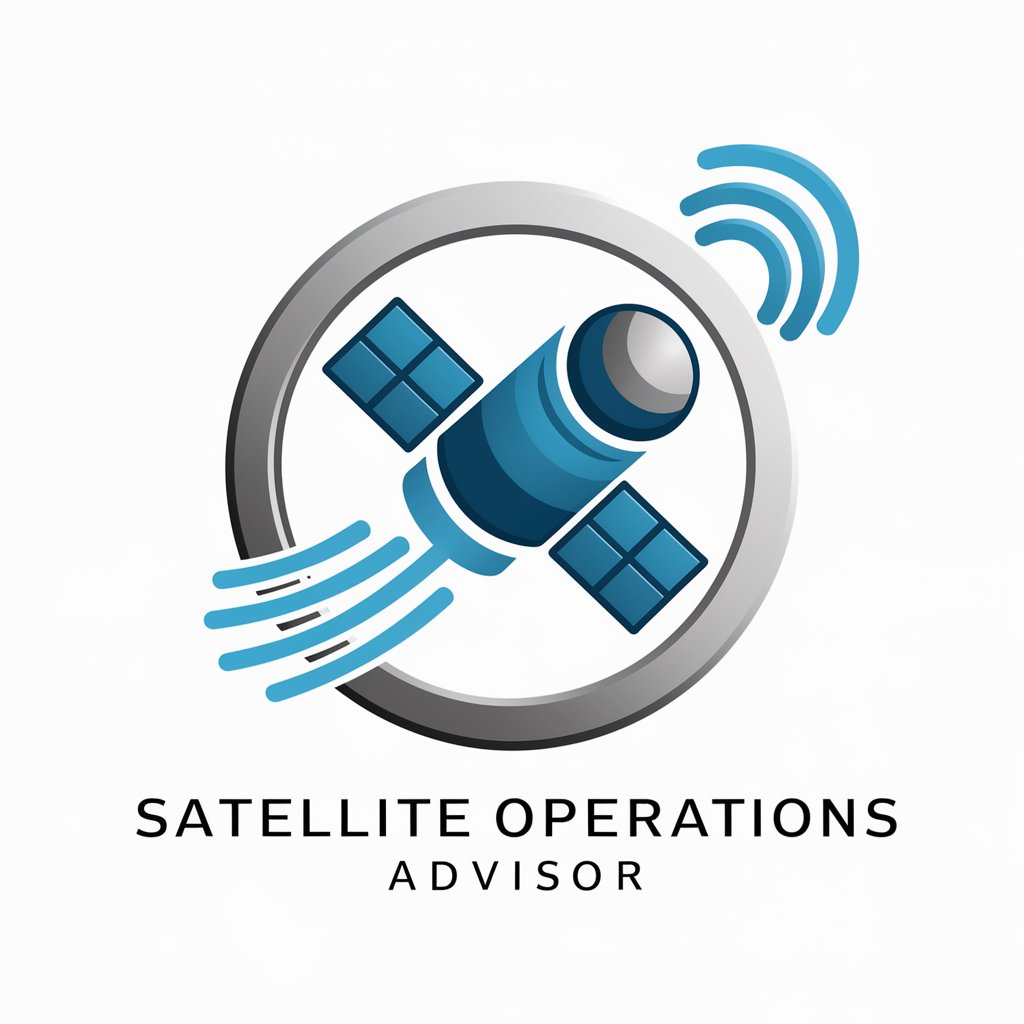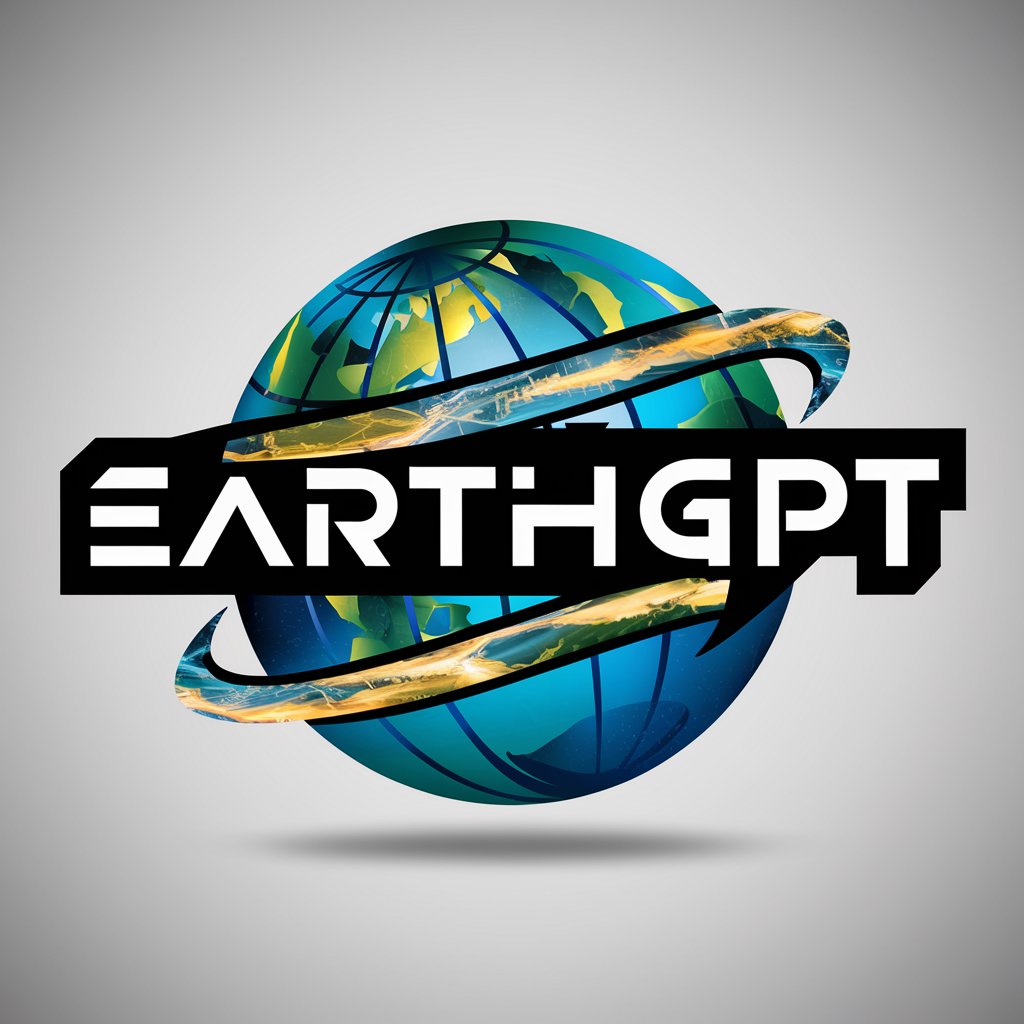
satellite imagery analysis - Satellite Imagery Insights

Hello! Ready to dive into satellite imagery analysis?
Unlocking Earth's secrets with AI
Analyze this urban satellite image to count the number of buildings:
Guide me through edge detection techniques for counting buildings in satellite imagery:
What are the best parameters for contour analysis in urban satellite images?
Explain how to adjust image processing settings for better building count accuracy:
Get Embed Code
Introduction to Satellite Imagery Analysis
Satellite imagery analysis involves extracting meaningful information from satellite images of the Earth's surface. This form of analysis uses a combination of image processing techniques and algorithms to identify, classify, and quantify various elements within the images. The primary purpose is to observe changes, monitor developments, and make informed decisions based on the visual data collected from space. For example, urban planners might use satellite imagery analysis to monitor city expansion, identify the development of new buildings, or assess the impact of urban policies on green spaces. Environmental scientists could use it to track deforestation, monitor the health of coral reefs, or study the effects of climate change on polar ice. Powered by ChatGPT-4o。

Main Functions of Satellite Imagery Analysis
Land Use and Land Cover Mapping
Example
Using satellite images to differentiate between urban, agricultural, forested, and water bodies.
Scenario
Governments and environmental organizations use land use and land cover maps to plan resource allocation, conservation efforts, and urban planning strategies.
Change Detection
Example
Identifying changes in the environment or urban areas over time.
Scenario
Urban planners might use change detection to monitor urban sprawl, infrastructure development, or to assess the impact of natural disasters on built environments.
Object Detection and Classification
Example
Detecting specific objects like vehicles, buildings, or trees in satellite images.
Scenario
Humanitarian organizations might analyze satellite imagery to count the number of buildings in refugee camps, while agricultural agencies could use it to estimate crop yields.
Environmental Monitoring
Example
Tracking environmental phenomena such as deforestation, desertification, or ice melt.
Scenario
Environmental agencies and research institutions study changes in environmental conditions to develop strategies for conservation and to assess the impact of climate policies.
Ideal Users of Satellite Imagery Analysis Services
Government and Urban Planners
These users rely on satellite imagery analysis for urban planning, infrastructure development, monitoring of urban policies, and disaster management.
Environmental Scientists and Conservationists
They use satellite imagery for environmental monitoring, conservation planning, and studying the effects of climate change on various ecosystems.
Agricultural Sector
Farmers and agricultural organizations use satellite imagery to monitor crop health, estimate yields, and plan irrigation schemes.
Humanitarian and Relief Organizations
These organizations use satellite imagery to assess damage after natural disasters, plan relief efforts, and monitor refugee camps.

Using Satellite Imagery Analysis: A Guide
Start Your Journey
Begin by exploring yeschat.ai for a hassle-free trial experience, requiring no login or ChatGPT Plus subscription.
Select Imagery
Choose satellite images relevant to your analysis goals. High-resolution imagery is recommended for detailed analysis.
Define Objectives
Clearly define what you aim to analyze or detect in the imagery, such as building counts, vegetation cover, or urban development.
Analyze Images
Use image processing techniques, such as edge detection and contour analysis, to identify and quantify features of interest.
Interpret Results
Review the analysis outcomes, drawing insights and conclusions based on the data extracted from the imagery.
Try other advanced and practical GPTs
Creative Juice
Unleash creativity with AI-powered insights

Assistente Juice at Home
Your Personalized Gourmet Guide

Gym & Juice Guru
AI-Powered Personal Fitness and Nutrition Coach

How to Make: Juice
Squeeze the best out of nature.

Three JS Development
Empowering creative coding with AI.

React Three Fiber Guide
Bringing 3D to the web with AI

Satellite Operations Advisor
Expert Satellite Operations Insights, Powered by AI

Satellite Laser Communication
Empowering space with AI-driven laser communications.

Satellite
Transforming Pixels into Insights

EarthGPT - Maps, Satellite Images, Geography
Explore the world with AI-powered maps and satellite imagery.

PixSarcasm Studio
Bring photos to life with AI-powered Pixar magic.

CinemAI Studio
Elevate Your Content with AI

FAQs on Satellite Imagery Analysis
What is satellite imagery analysis?
Satellite imagery analysis involves processing and interpreting images taken by satellites to gather information about Earth's surface, including urban planning, environmental monitoring, and disaster response.
How accurate is satellite imagery analysis?
Accuracy depends on factors like image resolution, analysis techniques used, and the specific application. High-resolution images combined with advanced processing techniques can yield highly accurate results.
Can I analyze images for environmental changes?
Yes, satellite imagery is widely used to monitor environmental changes such as deforestation, urbanization, and changes in water bodies, enabling effective management and conservation efforts.
What software is needed for satellite imagery analysis?
Several software options are available, ranging from open-source tools like QGIS and Python libraries (e.g., OpenCV) to commercial software like ArcGIS and ERDAS IMAGINE, depending on your analysis needs.
How can I improve the accuracy of my analysis?
Improving accuracy involves using high-resolution images, applying appropriate image processing techniques, and validating results with ground truth data or expert consultation.